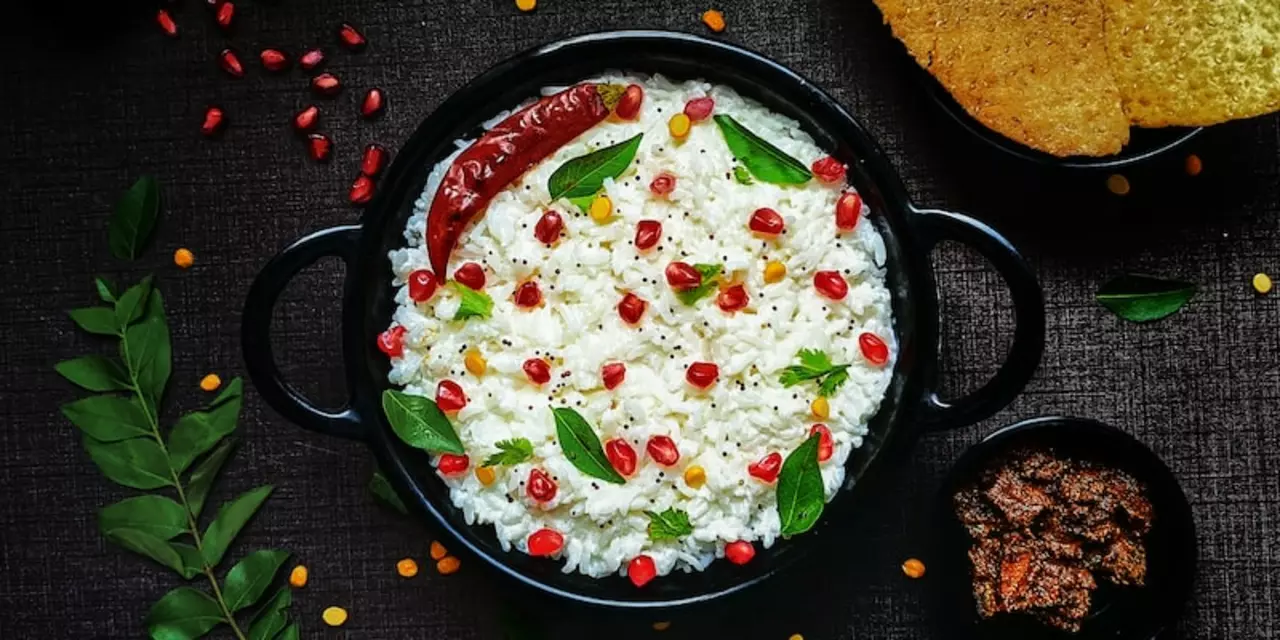Explore the Flavors of Indian Cuisine
Indian cuisine isn’t just about curry; it’s a mix of spices, textures, and regional stories that hit your taste buds in unexpected ways. Whether you’re a first‑timer or a seasoned fan, there’s always something new to try. In this guide we’ll break down what makes Indian food unique, highlight dishes that often raise eyebrows, and give you practical tips to dive in without feeling lost.
Why Indian Food Stands Out
What sets Indian cooking apart is the way spices are layered. A single dish might combine cumin, coriander, turmeric, and mustard seeds, each adding depth at different stages. That layering creates flavors that stay with you long after the meal is over. Another clue is the regional diversity – the coastal states love coconut and seafood, while the north prefers dairy‑rich gravies and bread. This variety means you’ll never get bored, and you can always find a style that matches your mood.
Popular Dishes That Might Surprise You
Ever heard someone call ghee “weird”? In the US it can sound exotic, but ghee is just clarified butter and a staple for frying and finishing dishes. Bhel puri is another head‑turner: puffed rice mixed with veggies, tangy tamarind sauce, and crunchy peanuts. It’s the ultimate snack you’ll find on Mumbai streets, and it’s surprisingly easy to make at home. Deep‑fried snacks like samosas and pakoras might look like simple fritters, yet the spice‑infused fillings keep them far from ordinary. Even chapati, a thin wheat flatbread, can feel foreign until you try it fresh off the griddle – it’s soft, slightly nutty, and perfect for scooping up curries.
If you’re curious about how Indians greet newcomers with food, start with something simple. A bowl of dal (lentil soup) offers protein, comfort, and a mild spice level that’s friendly to most palates. Pair it with basmati rice or a couple of chapatis, and you’ve got a balanced plate that showcases the everyday side of Indian meals. For a sweet finish, try gulab jamun – soft milk‑based balls soaked in sugar syrup. The combination of warm syrup and soft texture is a treat that even skeptics end up loving.
When you explore Indian cuisine, keep a few practical tips in mind. First, stock the basics: cumin seeds, mustard seeds, turmeric, and a good quality garam masala. Second, learn to temper spices in hot oil – this quick step releases aromas and lifts the entire dish. Third, don’t be afraid of the heat; you can always dial back chilies or use milder pepper varieties. Finally, remember that many Indian meals are built around sharing, so serving a few dishes together creates a richer experience than sticking to a single plate.
Ready to try something new? Grab a pack of puffed rice, a handful of peanuts, and a dash of tamarind sauce to assemble a quick bhel puri at home. Or heat up some ready‑made ghee, toss in cumin seeds, and splash in a can of chickpeas for a fast, flavorful snack. The beauty of Indian cooking is that you can start small and grow into more complex recipes as confidence builds.
Bottom line: Indian cuisine offers a world of taste, texture, and tradition. From the “weird” foods that surprise visitors to the comforting staples that have fed generations, there’s a dish for every curiosity. So next time you wonder what to eat, think beyond the usual and give Indian flavors a try – you might just find a new favorite.
What Indian foods Americans find weird?
This article explores five Indian foods that are considered strange by many Americans. These include ghee, bhel puri, deep-fried snacks, coconut chutney, and chapati. Ghee is clarified butter and is often used in Indian cooking; bhel puri is a savory snack made of puffed rice, vegetables, and chutney; deep-fried snacks can include anything from samosas to pakoras; coconut chutney is a condiment made with coconut, red chili, and other spices; and chapati is a type of flatbread made with wheat flour. While these foods may seem strange to Americans, they are all staples of Indian cuisine.
